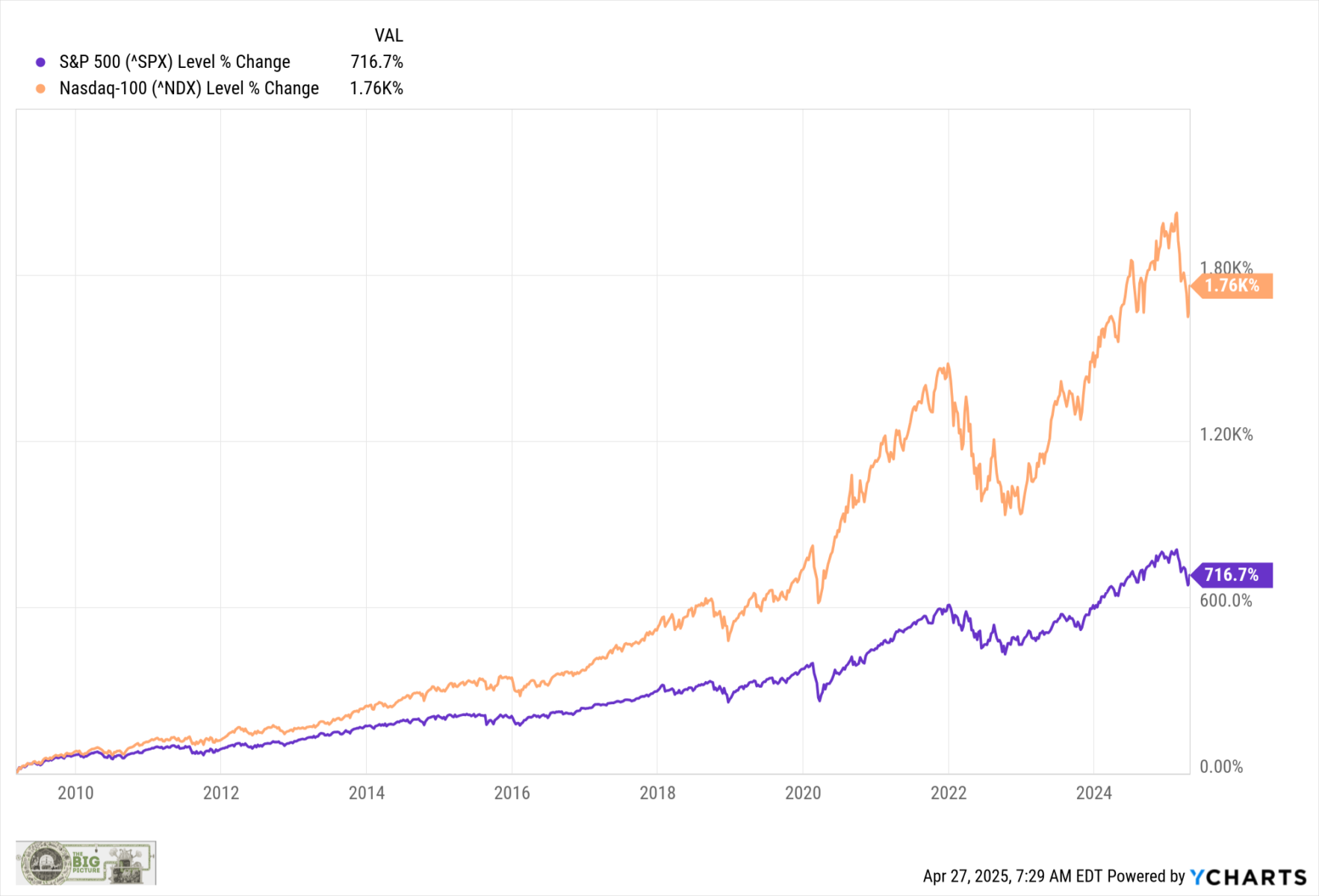A recent Nature article, Rennert et al. 2022, estimates the social cost of CO2 summed through 2300. The authors find a total cost of $185 per ton of CO2, more than three times the value of $51 used in current U.S. regulatory decisions. $90 of that is due to increased mortality from higher temperatures, $84 to reduced agricultural output, $2 to sea level rise and $9 to energy costs for residential and commercial buildings.
This is the opening paragraph of David Friedman, “Critique of ‘Comprehensive evidence implies a higher social cost of CO2,” David Friedman’s Substack, July 30, 2023.
David submitted his critique to Nature, which was the publisher of the Rennert et al article. Unfortunately, and not surprisingly, Nature rejected it.
David’s critique is lengthy but here are some highlights.
The mortality calculation in Rennert is based on regional figures for increased mortality per degree of temperature rise from Cromar et al. 2022. Temperature-related mortality depends, among other things, on income since richer people can afford air conditioning and better insulated homes and have less need to go out in unfavorable weather. The economic model in Rennert implies per capita GNP roughly tripling by 2100, increasing about eleven-fold by 2300, but since Cromar does not include income in the relation between temperature and mortality Rennert ignores the effect of that increase on temperature-related mortality. Socioeconomic conditions are mentioned in Cromar as a factor to be considered in future work but the implicit assumption of the two articles taken together is that, despite the large projected increase of income, the relation between temperature and mortality will remain at the level of the recent past.
Yet, as David points out, it’s absurd to think that if people’s incomes triple on average, they would not take steps to protect themselves from higher temperatures. Indeed, an article by T. Carlton et al in the Quarterly Journal of Economics did just that. David writes:
Carleton et al. 2022, a more recent and more sophisticated calculation of the contribution to the Social Cost of Carbon from temperature-related mortality, uses the same time period and discount rate as Rennert but takes account of the effect on mortality of both income and the temperature distribution. It found a value of $36.6 for a high emissions scenario (RCP 8.5) and $17.1 for a moderate emissions scenario (RCP 4.5). The latter is much closer than the former to the assumptions in Rennert.
Focusing just on mortality, the difference between a social cost of carbon dioxide of $90 per ton and a social cost of $36.6 or $17.1 per ton is substantial.
David then goes to to consider the other components of social cost, showing that Rennert et al overstate the social cost for each.
If you click on the Rennert et al article, you’ll see multiple authors, many of whom are well-known economists at name brand schools. That makes their basic economic errors all the more stunning.
Friedman ends with this:
Rennert sums costs over the next three centuries, with about two-thirds of the total coming after 2100. Their solution to the problem of predicting technological change over that period is, with the exception of their estimates of CO2 production and energy costs, to ignore it, implicitly assume technological stasis. That is the wrong solution — but any projection of technological change that far into the future would be science fiction not science.
What they claim to do cannot be done.
David’s critique is well worth taking the time to read.
















